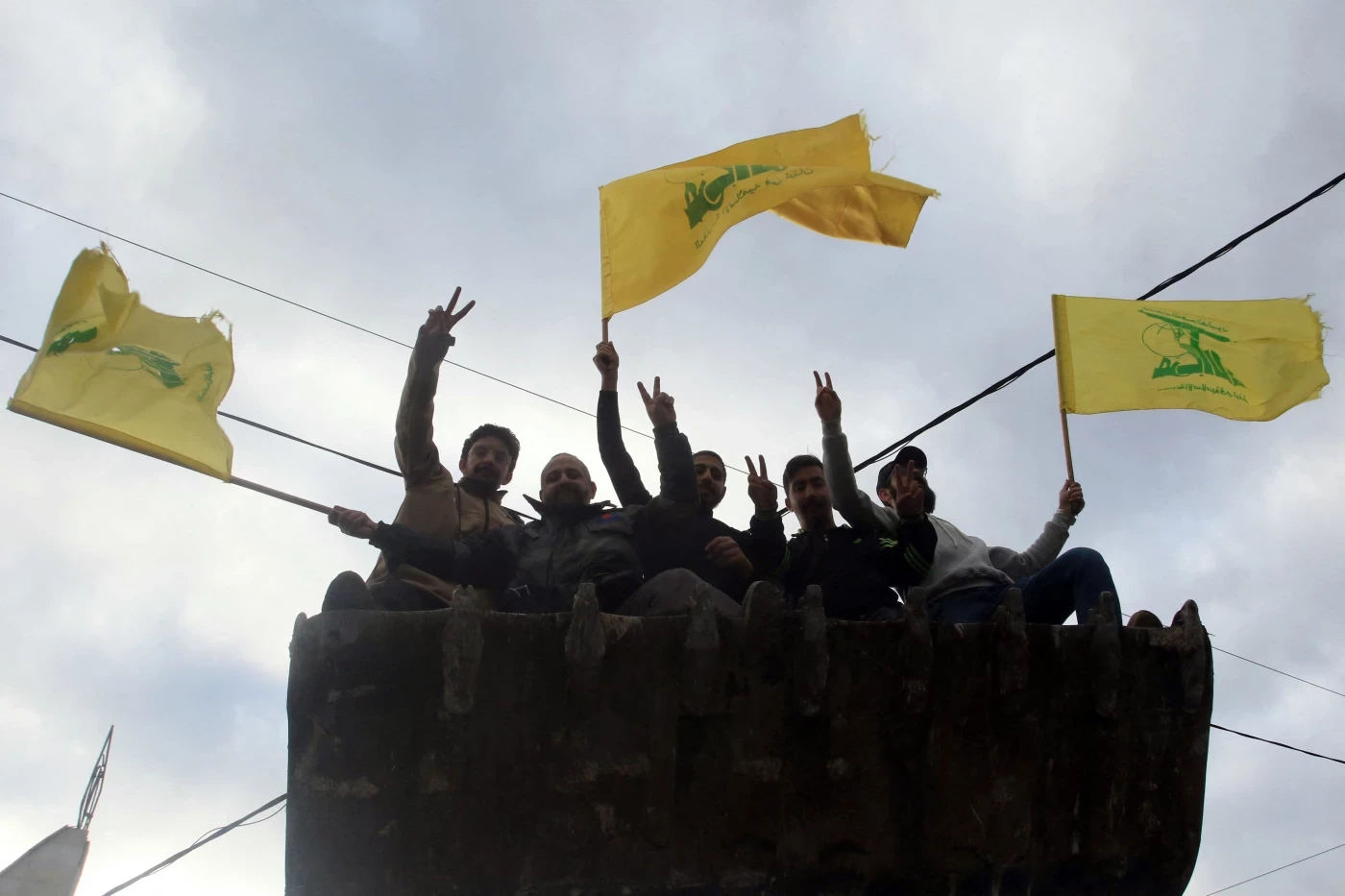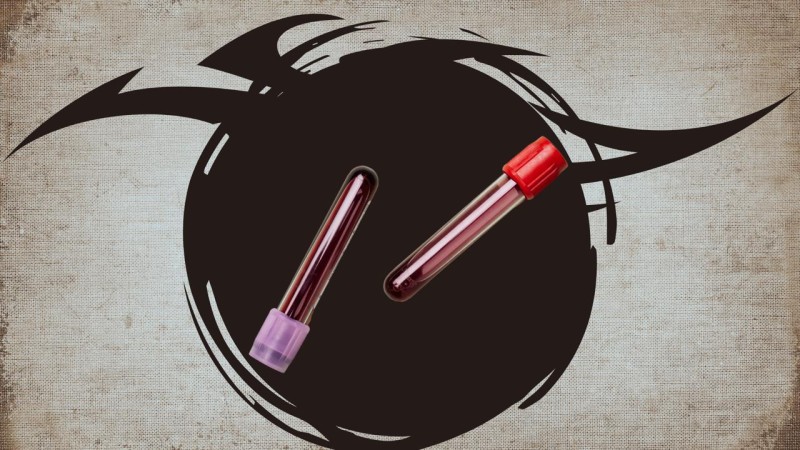ERBIL, Kurdistan Region of Iraq – The Lebanese military is set to begin disarming Hezbollah in the country’s south before the end of the year, marking the most ambitious government-led effort yet to contain the powerful militia and posing salient questions of the plan's feasibility and its possible ramifications.
In August, the Lebanese cabinet—under rising US pressure and continued Israeli airstrikes—directed the army to draft plans to strip Hezbollah of its weapons by the end of the year. On September 9, Lebanese Foreign Minister Youssef Raggi told AFP that army chief Rodolphe Haykal had presented a five‑stage plan to ensure all weapons would be held strictly by the Lebanese state.
A government statement announced the plan would be implemented immediately, though without specifying details. According to Raggi, the first stage should take three months, with all weapons in the militant group's possession south of the Litani River, roughly 20 miles from the Israeli border, to be removed by the end of November.
"The decision to restrict arms exclusively to state authority has been taken and is irreversible," Lebanese state media quoted Raggi as saying. "Our confidence in the army remains strong, and we are certain it will carry out the necessary measures.”
The Lebanese top diplomat noted that the military will establish checkpoints to prevent the movement of weapons but does not plan on conducting raids or direct action arms seizures.
The disarmament plan is then set to expand into Beirut, the southern neighborhoods of which remain a Hezbollah stronghold, and the eastern Bekaa, though precise timelines have yet to be established.
Beirut has framed the initiative as part of the ceasefire deal that halted the November 2024 war with Israel. That agreement called for an Israeli troop withdrawal and the end of airstrikes, but Israel has continued bombing Lebanese territory and maintained soldiers in five strategic border positions.
The Iran-backed group, for long Lebanon’s most powerful militia, has rejected disarmament outright. Hezbollah has described the plan as a scheme serving the interests of Israel and the United States.
On September 7, Lebanon’s leading Christian party sharpened the pressure. Samir Geagea, head of the Lebanese Forces, declared that Hezbollah’s arsenal had “no impact” on Israel but only brought “destruction, ruin, displacement, and invited new occupation.”
“The shortest path to ending Israeli occupation and aggression, my brothers, is building a real state… and there can be no true state as long as illegal weapons remain,” Geagea said, calling for “all weapons to return to the Lebanese state.”
He warned: “Your war with Israel was lost and destructive… a civil war would be even more disastrous and could cause you to lose everything.”
Analyst details the “highly complicated” endeavor
When interviewed by The New Region about the feasibility of the disarmament plan, Daniele Garofalo, an Italian researcher and analyst specializing in jihadism and Islamist armed groups, expressed caution regarding the vague nature of the scheme and the immensity of the task at hand.
“The Lebanese Armed Forces (LAF) will begin implementing the plan according to their military capacity,” he said. “In other words, the army will move only as far as it can without risking a direct confrontation. The unspoken implication is that without external military assistance, the LAF are unlikely to move forward with phases two through four.”
Garofalo noted that the plan imposes at least one immediate restriction: “Within the first three months, the LAF will no longer grant Hezbollah permits to move military equipment across Lebanon.” But he added that “that doesn’t mean very much if the group is allowed to keep its stockpiles in strongholds north of the Litani.”
“In my view, it’s highly complicated for the LAF to meet the phase one target within three months,” the analyst concluded, stressing that the document lacks clear timelines and is “written in very vague terms.”
Asked whether the plan’s reliance on checkpoints rather than raids or arrests might hamper its efficacy, Garofalo was blunt: “Yes, this is essentially a symbolic measure.” He pointed out that “Hezbollah, backed by its ally the Amal Movement, has made it abundantly clear it rejects the government’s plan.”
“Hezbollah enjoys significant popular support in the region, along with extensive logistical and operational capabilities,” he explained. “It could easily move its weapons using the vast network of infrastructure it still maintains across Lebanese territory.”
Risk of escalation
“The LAF have already voiced concern about the possibility of armed clashes with Hezbollah and the threat of a new civil war,” Garofalo noted. Still, he stressed the army’s past successes: “The army has successfully confronted armed groups in the past—whether in the 2007 battle against Islamist militants in the Nahr al-Bared refugee camp; the 2012 clashes in Tripoli triggered by the Syrian war; the 2013 fighting against Islamists in Sidon; or the 2017 battle against Islamic State elements in Arsal.”
He was clear, however, that “fighting Hezbollah would be a far more complicated prospect for social, political, sectarian, and military reasons.”
Asked why Hezbollah uniquely retained its weapons after Lebanon’s 1975–1990 civil war, Garofalo said that “the reason is simple: Hezbollah has always enjoyed enormous backing—financial, military, logistical. That support shielded it from the kind of dismantling that other groups were forced to accept.”
But he added: “The group can no longer rely on the same logistical and supply networks in Syria and Iraq. Many of its political and military leaders have been killed. Much of its arsenal and infrastructure has been destroyed. Meanwhile, the Lebanese Armed Forces are more capable than in the past, and Hezbollah is more isolated than ever.”
“If direct confrontation turns out to be the only way to secure disarmament, then the army will have to consider it,” he said.
Iran’s waning role
On Hezbollah’s ties to Tehran, Garofalo assessed that “Iran has largely abandoned Hezbollah. The choice now is more about Lebanese domestic politics than Tehran’s agenda. The group is extremely weak, politically as well as militarily. There won’t be another opportunity like this to try and impose the plan.”
Even so, he criticized the LAF’s timeline: “It remains very weak. The LAF is talking about carrying it out over 15 months, not by the end of the year as originally announced. It could work if the US stepped up with stronger assistance. Another decisive tool might be sanctions—particularly targeting the leaders of Amal, who continue to support Hezbollah. With national elections coming up next year, sanctions on those who align themselves with the group could change the calculus and perhaps prove to be the decisive weapon.”
What if the plan collapses?
“Hezbollah cannot rebuild its military infrastructure without first reconstructing its political and financial base, which makes the upcoming elections a crucial arena to contain the group,” Garofalo said. “That’s why, beyond sanctioning Hezbollah’s allies, it is vital to strengthen and protect alternative Shiite political forces. Isolating the party and its weapons from the next government requires diplomatic backing for rival factions and, perhaps most importantly, efforts to connect Lebanon’s Shiite business community outside Hezbollah’s orbit.”
Failing to do so, he warned, would be disastrous: “The most likely outcome would be another war with Israel, because Israel is unlikely to withdraw from southern Lebanon or halt its airstrikes unless Hezbollah is disarmed.”
Still, he underscored Hezbollah’s vulnerability: “A military confrontation at this stage would be nothing short of suicidal for the group.”
On repercussions for Palestinians
In response to a query regarding what effect Hezbollah’s disarmament might have on Hamas or other Palestinian factions, Garofalo was unequivocal. “None,” he said. “The Palestinian brigades have been on the brink for months, abandoned by everyone. Shiite militias in Iraq are on track to be integrated into the national army, Hezbollah no longer has the strength it once did, and the Houthis will increasingly scale back operations so as not to jeopardize their hold on Yemen.”
He elaborated: “The brigades face major operational problems and suffer from a lack of weapons—evident in their near‑exclusive reliance on mortars and IEDs. There are also significant political rifts within their ranks. So more than external repercussions, the Palestinian problem today is fundamentally an internal one.”



 Facebook
Facebook
 LinkedIn
LinkedIn
 Telegram
Telegram
 X
X
